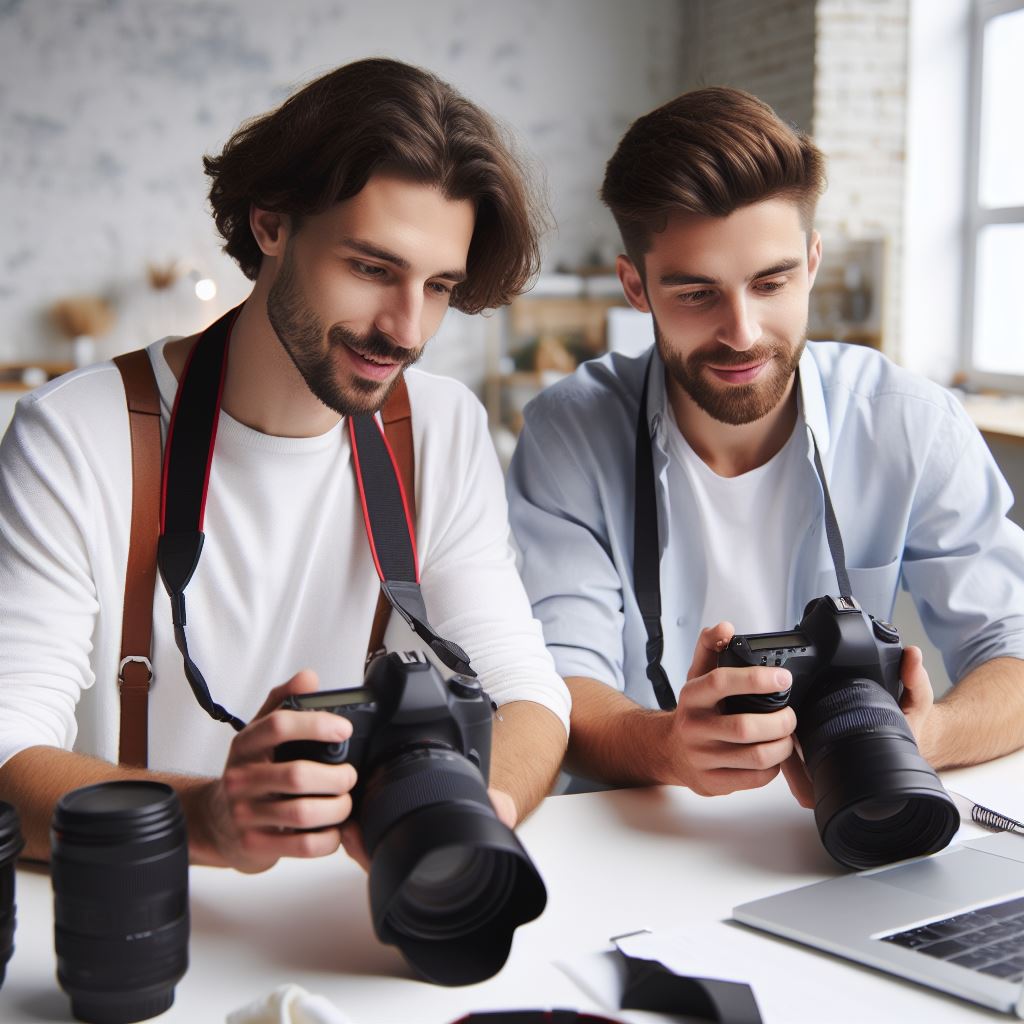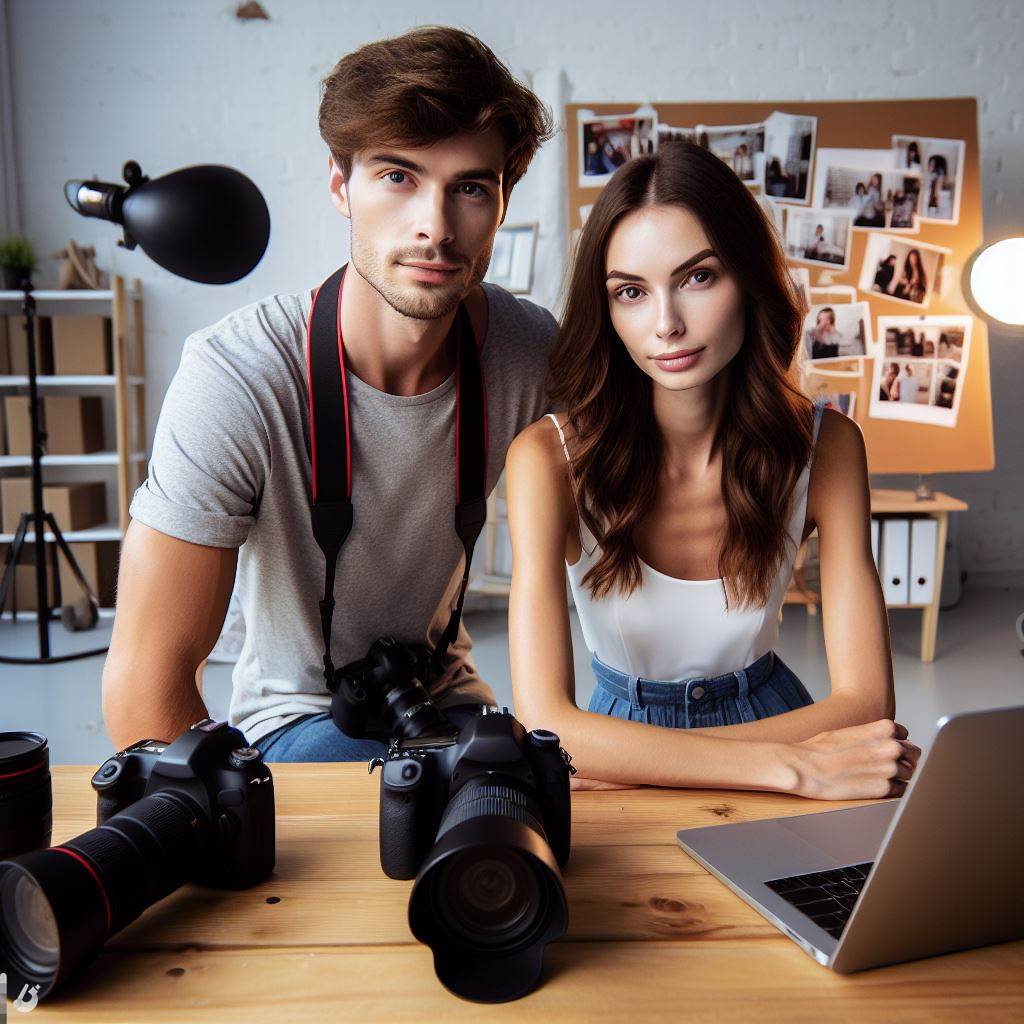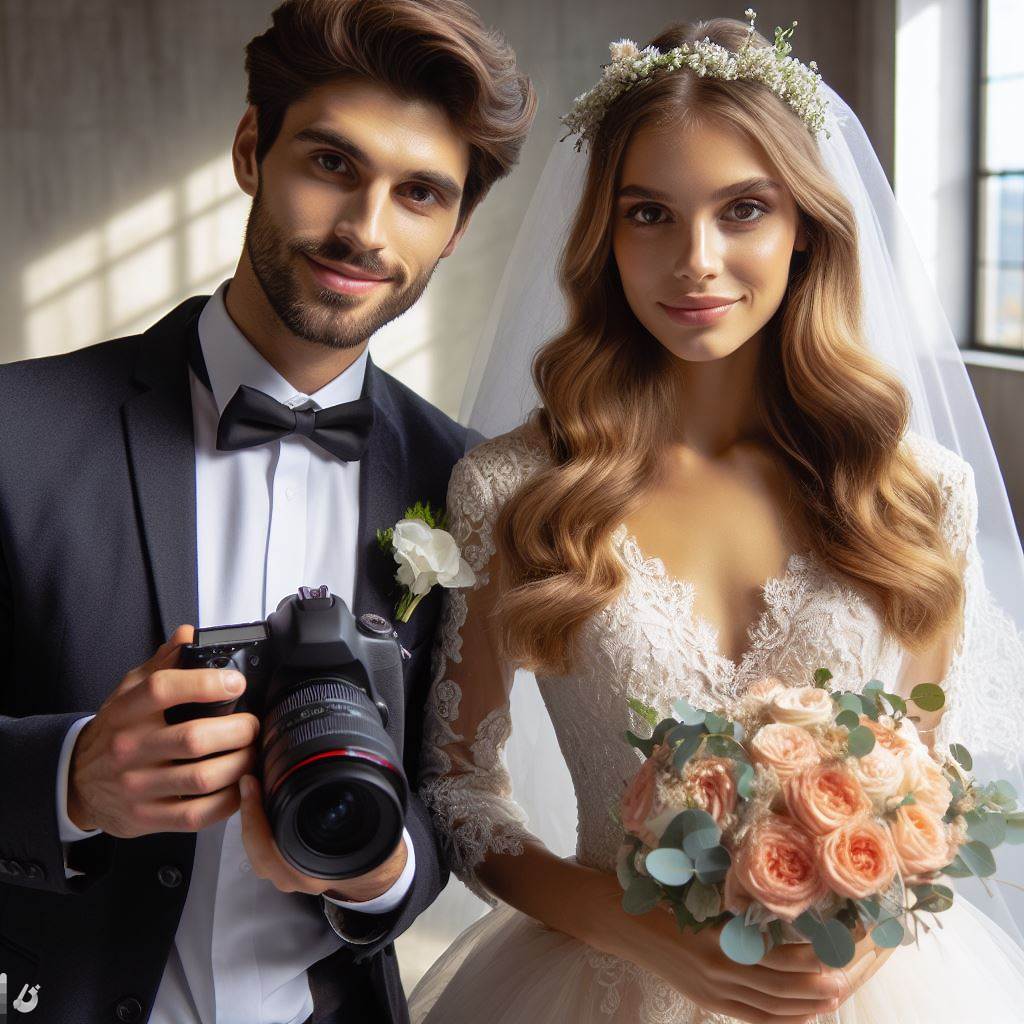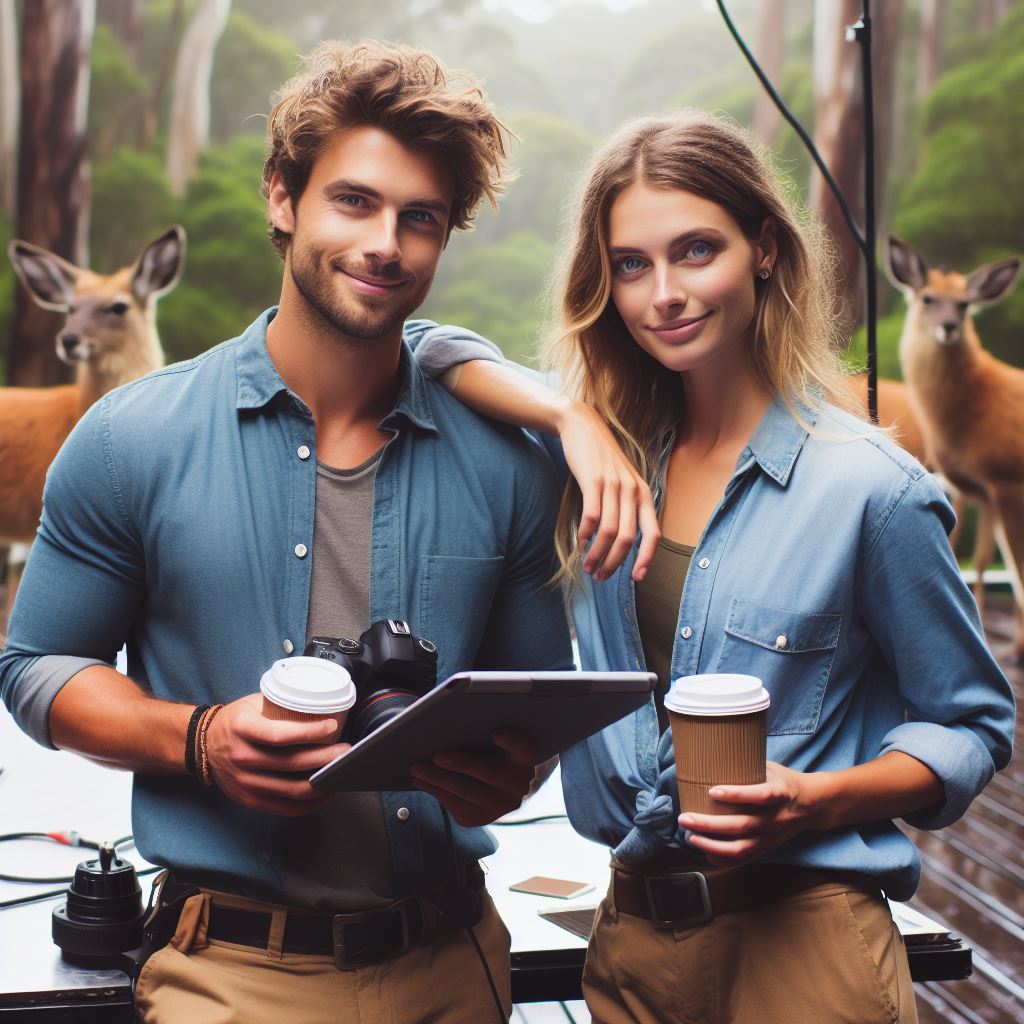Introduction
- Mastering light is crucial in photography for creating captivating and impactful images.
- This blog section provides valuable tips from Australian professional photographers to help you improve your skills.
Photography relies heavily on light, making it essential to master this element for exceptional results.
By understanding how light behaves and learning to manipulate it, photographers can create stunning images that evoke emotion and capture attention.
In this blog post, we will explore tips from Australian photography professionals who have honed their skills in capturing light. These insights will enable you to take your photography to the next level and produce images that stand out.
The first tip is to pay attention to the direction of light. By observing and analyzing the angle from which light falls on your subject, you can create depth and dimension in your photographs.
This technique adds visual interest and brings the subject to life.
Secondly, understanding the different qualities of light is crucial. Knowing how to work with natural light, such as the softness of early-morning or late-afternoon light, can create a mesmerizing ambiance in your images.
Moreover, using artificial lighting techniques can enhance your images significantly.
Aussie pros suggest experimenting with various lighting setups, such as off-camera flash or studio lights, to achieve the desired effects and highlight specific elements in your composition.
Lastly, mastering exposure is key to capturing the perfect image. Understanding the relationship between aperture, shutter speed, and ISO allows you to control the amount of light that enters your camera and ensures a well-balanced exposure.
In essence, mastering light in photography is fundamental to creating exceptional images.
By following the tips provided by Australian professional photographers, you can elevate your skills and produce captivating photographs that will leave a lasting impression on viewers.
Understanding Natural Light
Exploring different types of natural light
- Direct sunlight: The harsh light that shines directly from the sun, creating strong shadows.
- Backlighting: When the light source is behind your subject, creating a halo effect or silhouettes.
- Diffused light: Light that is scattered or softened, creating a gentle and even illumination.
The characteristics and effects of each type
- Shadows and highlights: Direct sunlight creates dramatic contrasts between dark shadows and bright highlights.
- Depth and dimension: Backlighting can add depth and dimension to a photo by creating a separation between the subject and the background.
- Mood and atmosphere: Diffused light can create a soft and romantic atmosphere, perfect for capturing intimate moments.
Understanding natural light plays a crucial role in photography. The way light interacts with your subject can greatly enhance the overall composition and impact of your images.
In this section, we will explore the different types of natural light and discuss the unique characteristics and effects of each.
Exploring different types of natural light
- Direct sunlight: The first type of natural light we will delve into is direct sunlight. This type of light is characterized by its intense brightness and strong shadows. When the sun is high in the sky, the light it emits can be quite harsh. It can create stark contrasts between light and shadow, adding depth and drama to your photos.
- Backlighting: Another interesting type of natural light is backlighting. This occurs when the light source is positioned behind your subject. It creates a stunning halo effect, outlining the edges of your subject and creating a sense of radiance. Backlighting can also produce beautiful silhouettes, where the subject appears as a dark shape against a bright background.
- Diffused light: Lastly, diffused light is a softer and more even type of natural light. It occurs when the light is scattered or softened, often due to cloud cover or shooting in shaded areas. Diffused light creates gentle shadows and a flattering illumination, making it ideal for portrait photography or capturing delicate details.
The characteristics and effects of each type
- Shadows and highlights: Direct sunlight produces strong shadows and bright highlights. This can add a sense of dimension and texture to your images, emphasizing the contours of your subject. By strategically placing your subject in relation to the light source, you can play with the interplay of light and shadow to create visually striking photos.
- Depth and dimension: Backlighting adds depth and dimension to a photo by creating a separation between the subject and the background. The light filtering through your subject’s edges can add a captivating glow, making them stand out from their surroundings. This technique can be particularly effective when shooting portraits or still life subjects.
- Mood and atmosphere: Diffused light has the ability to evoke different moods and atmospheres. Its softness creates a gentle and romantic ambiance, perfect for capturing intimate moments or dreamy landscapes. The even illumination provided by diffused light can also lend a sense of tranquility and calmness to your images.
Mastering natural light is a skill that can greatly elevate your photography. By understanding the characteristics and effects of different types of natural light, you can manipulate it to your advantage and create stunning visuals.
Experiment with direct sunlight, backlighting, and diffused light to see how each one can enhance the mood, depth, and dimension of your photos.
Read: Australian Music Awards: A Closer Look
Utilizing Artificial Light
Introduction to artificial light sources
- Flash photography
- Continuous lights
- Studio lighting setups
Artificial light is an essential tool for photographers, allowing them to have full control over the lighting in their photographs.
Flash photography
Flash photography involves using a burst of artificial light to illuminate a subject. It is commonly used in both indoor and outdoor settings.
Continuous lights
Continuous lights are light sources that stay on throughout the entire photoshoot, providing a constant source of illumination. They are often used in video production as well.
Studio lighting setups
Studio lighting setups are complex arrangements of artificial lights that provide photographers with complete control over the direction, intensity, and quality of light.
Discussing the pros and cons of each
Control and flexibility
Flash photography allows photographers to have precise control over the placement and intensity of light, giving them the ability to create dramatic lighting effects.
Your Personalized Career Strategy
Unlock your potential with tailored career consulting. Get clear, actionable steps designed for your success. Start now!
Get StartedContinuous lights offer a similar level of control, but they can be adjusted in real-time, allowing photographers to see the effects of the lighting on their subjects before capturing the image.
Studio lighting setups provide the highest level of control and flexibility, as photographers can create multiple light sources with different qualities to achieve the desired effect.
Light quality and color temperature
Flash photography can produce a harsh and intense light, which may not always be ideal for certain subjects or settings.
Continuous lights offer a more natural and softer light that mimics natural daylight, making them popular for portrait photography and other situations where a softer light is desired.
Studio lighting setups give photographers the ability to customize the quality and color temperature of the light by using various light modifiers and gels, resulting in complete control over the lighting atmosphere.
Accessibility and portability
Flash photography is highly portable and accessible, with many cameras having built-in flash units or the option to attach external flash devices.
Continuous lights can be more cumbersome to transport, especially when multiple lights are required. However, advancements in LED technology have made them more portable and energy-efficient.
Studio lighting setups are the least portable option, as they require a dedicated space and can be bulky and heavy to transport.
All in all, the use of artificial light sources is a valuable skill for photographers to master. Each type of artificial light offers its own advantages and disadvantages in terms of control, light quality, and portability.
Photographers must choose the most suitable option based on their specific needs and the desired outcome of their photographs.
Read: Music Production: A Guide for Aussies
Mastering Lighting Techniques
Balancing exposure and achieving proper lighting
1. Understanding the exposure triangle
To capture the perfect photo, you must comprehend the relationship between aperture, shutter speed, and ISO.
2. Evaluating the scene and adjusting settings accordingly
Assess the lighting conditions of your surroundings and make appropriate changes to your camera settings.
3. Using exposure compensation to correct for lighting challenges
When faced with difficult lighting situations, adjust the exposure compensation to ensure proper lighting in your photo.
Exploring composition techniques to enhance lighting
1. Golden hour and blue hour photography
Take advantage of the warm and soft light during the golden hour and the atmospheric blue hour for stunning photographs.
Stand Out with a Resume That Gets Results
Your career is worth more than a generic template. Let us craft a resume and cover letter that showcase your unique strengths and help you secure that dream job.
Get Hired2. Silhouettes and rim lighting
Experiment with backlighting to create striking silhouettes or utilize rim lighting to enhance the subject’s outline.
3. Low light and high contrast situations
Learn to manage low light conditions by using longer exposures or embrace the dramatic effect of high contrast lighting.
Styling and manipulating light
1. Reflectors and diffusers
Utilize reflectors to bounce light and fill in shadows, while diffusers soften harsh sunlight for a more flattering result.
2. Light modifiers and gels
Experiment with light modifiers like umbrellas, softboxes, and gels to control and shape the quality of light.
3. Creating dramatic and moody lighting effects
Master the art of creating dramatic and moody lighting by using creative techniques such as sidelighting or adding shadows.
Mastering the Exposure Triangle: Essential Techniques for Perfect Lighting
Mastering light is a crucial skill for any photographer, as it can make or break a photograph. Understanding the exposure triangle, which comprises aperture, shutter speed, and ISO, is the foundation for achieving proper lighting.
By balancing these three elements, you can ensure that your photos have the right amount of light, resulting in well-exposed images.
A skilled photographer knows how to evaluate the scene and adjust settings accordingly. By assessing the lighting conditions and making appropriate changes, you can capture the scene as accurately as possible.
Adjusting the exposure compensation can be particularly useful in challenging lighting situations. This technique allows you to correct for overexposed or underexposed areas, ensuring that your photo has balanced lighting throughout.
Mastering Light: Techniques for Captivating Photography
Composition techniques play a crucial role in enhancing lighting. The golden hour and blue hour offer photographers soft and warm light, ideal for capturing breathtaking images.
Experimenting with backlighting can create captivating silhouettes, while rim lighting can add a touch of magic to your subject.
Additionally, low light and high contrast situations can be used to your advantage, adding drama and impact to your photographs.
Styling and manipulating light open up endless creative possibilities. Reflectors, with their ability to bounce light, can be used to fill in shadows or highlight specific areas in your photo.
Diffusers, on the other hand, soften harsh sunlight, creating a more pleasing and flattering light quality. Light modifiers like umbrellas, softboxes, and gels allow you to shape and control the light, adding depth and dimension to your images.
Unlocking Artistry: Mastering Dramatic Lighting for Captivating Photography
To take your photography to the next level, explore creating dramatic and moody lighting effects. By mastering techniques like sidelighting or incorporating shadows, you can add depth and evoke emotions in your photographs.
These techniques are particularly effective in portrait or fine art photography, allowing you to create captivating and unique visuals.
Essentially, mastering lighting techniques is crucial for any photographer seeking to capture stunning images.
By understanding the exposure triangle, evaluating scenes, and making adjustments accordingly, you can ensure proper lighting in your photos.
Exploring composition techniques and experimenting with light modifiers and reflectors will enhance the lighting and create visually appealing images.
Don’t be afraid to manipulate the light to create dramatic and moody effects, giving your photos a unique and artistic touch.
Read: How to Network in Australia’s Music Scene
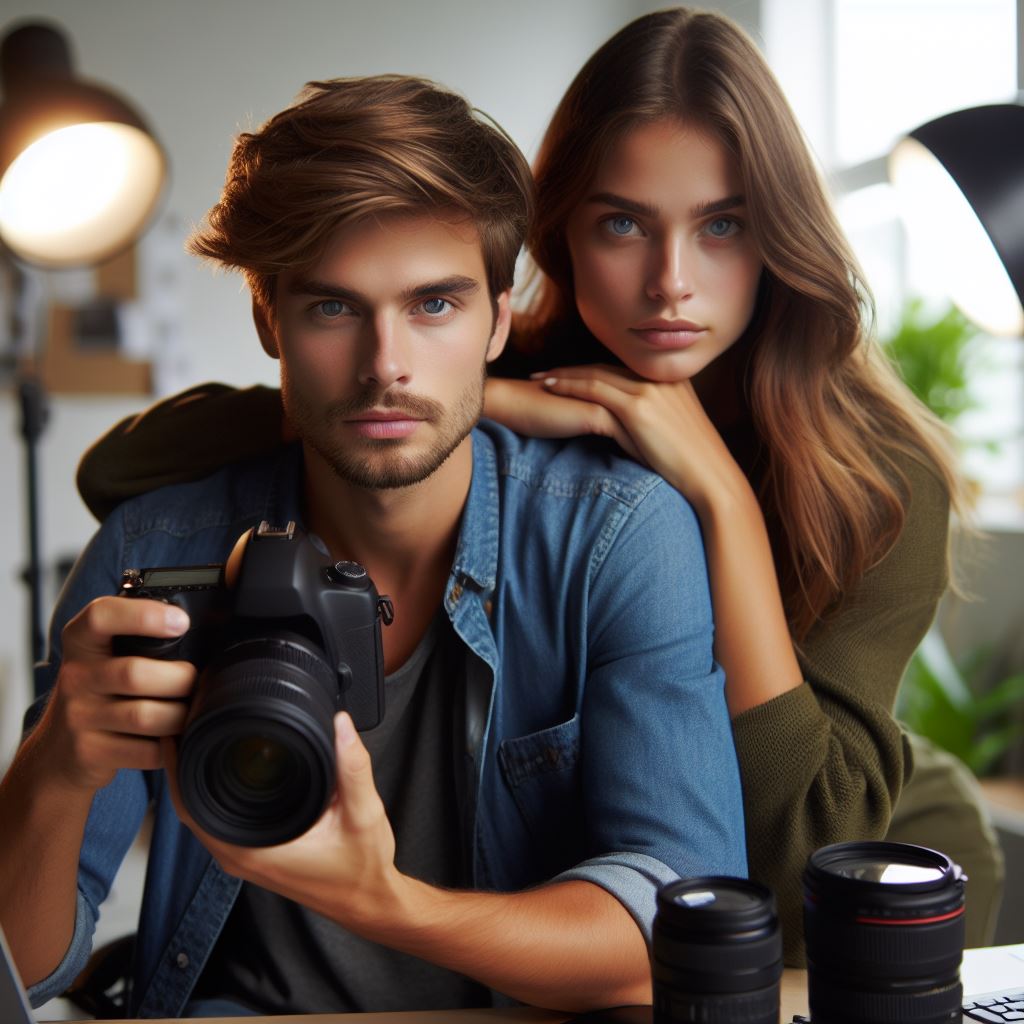
Learning from Aussie Pros
Showcasing renowned Australian photographers and their work
When it comes to mastering light in photography, Australian professionals have emerged as experts in the field.
These individuals have dedicated their careers to capturing the perfect shot, utilizing light to their advantage. By showcasing their incredible work, we can learn valuable insights and techniques.
Transform Your LinkedIn for Maximum Impact
Elevate your professional brand with a LinkedIn profile that attracts recruiters, showcases your expertise, and maximizes opportunities. Stand out in your industry with a profile built for success.
Boost ProfileInsights and tips from their experience with different lighting scenarios
Australian photographers have gained extensive experience working in diverse lighting situations.
From harsh sunlight to soft natural light, they have encountered it all. By listening to their advice and tips, we can learn how to adapt and excel in any lighting scenario.
Highlighting unique approaches and perspectives on mastering light
One of the most intriguing aspects of learning from Australian pros is their unique approaches and perspectives.
Each photographer has their own style and vision when it comes to capturing light. By understanding their individual techniques, we can further expand our knowledge on mastering light.
Kasey Burke: Embracing Natural Light
Kasey Burke, a highly respected Australian photographer, has mastered the art of utilizing natural light in her images.
Her work showcases the beauty of the Australian landscape, with the light playing a crucial role in capturing the essence of each scene. Burke’s advice on embracing natural light can greatly enhance our own photography skills.
Max Johnson: Experimenting with Artificial Light
Max Johnson, an innovative photographer based in Australia, has taken the concept of light to new heights by experimenting with artificial lighting techniques.
He often uses flash and other artificial light sources to create dramatic effects in his images. Johnson’s insights can inspire us to think outside the box and push the boundaries of traditional lighting.
Sarah Adams: Capturing the Golden Hour
Sarah Adams, known for her breathtaking portraits, has a keen eye for harnessing the magic of the golden hour.
This period of soft, warm light just before sunset or after sunrise is highly coveted by photographers. Adams shares her tips on how to make the most of this beautiful light to create stunning and ethereal portraits.
Liam Foster: Balancing Light and Shadows
Liam Foster, an accomplished Australian photographer, has a knack for finding the perfect balance between light and shadows in his images.
His work often plays with contrast and highlights the beauty that arises from the interplay between these two elements. Foster’s techniques can teach us how to effectively use light and shadows to add depth and dimension to our photographs.
Isabella Clarke: Mastering Studio Lighting
Isabella Clarke, a renowned Australian fashion photographer, excels in the realm of studio lighting. Her work showcases flawless models in perfectly lit settings.
Clarke’s knowledge on studio lighting setups, equipment, and techniques can greatly enhance our own studio photography skills.
The Power of Learning from the Pros
By studying the work and techniques of these Australian photographers, we can gain valuable insights on mastering light.
Their unique approaches, whether it be embracing natural light, experimenting with artificial light, capturing the golden hour, balancing light and shadows, or mastering studio lighting, can inspire us to elevate our own photography skills.
Let us learn from the best and become masters of light in our own right.
Read: The Evolution of Australian Music Genres
Conclusion
Recap of the importance of mastering light in photography
Mastering light transcends technicality; it’s the very heartbeat of photography. The interplay between light and shadow defines the mood, sharpens details, and ultimately breathes life into your images.
As you navigate the intricacies of exposure, you unlock the power to tell stories and evoke emotions through your lens.
Emphasizing the learnings from Aussie pros
The wisdom shared by Australian photography maestros resonates deeply. Their emphasis on precision in exposure techniques, strategic utilization of golden hours, and an intimate understanding of shadows provides a roadmap for elevating your craft.
Aussie pros don’t just capture moments; they harness the dynamic dance of light to create visual masterpieces.
Encouraging readers to experiment and practice various lighting techniques
To all aspiring photographers, the path forward is paved with experimentation. Embrace the diversity of light—both natural and artificial.
Practice becomes your compass; persevere through challenges and unveil the nuances of your unique photographic voice. So, embark on your journey, armed with the insights of Aussie pros, and illuminate your artistic path through the mastery of light.

